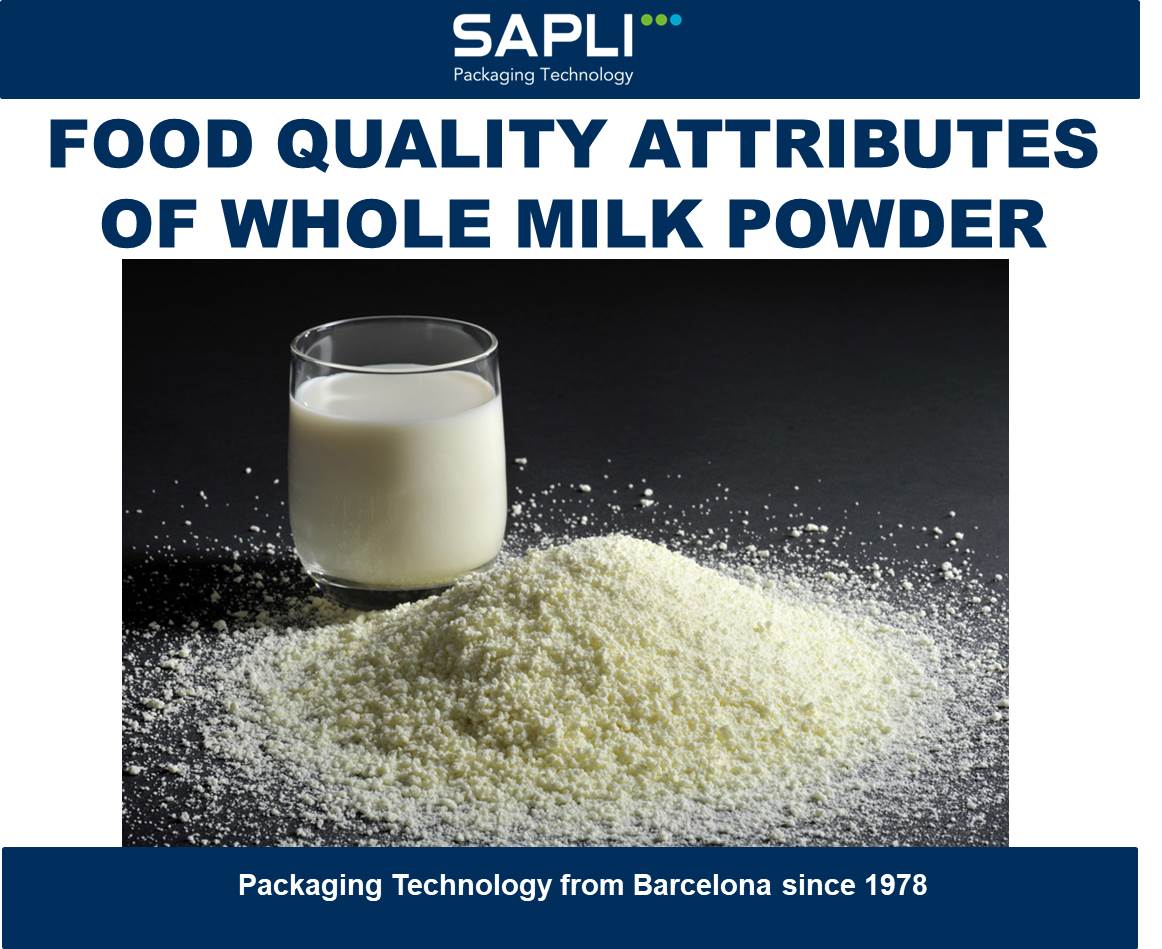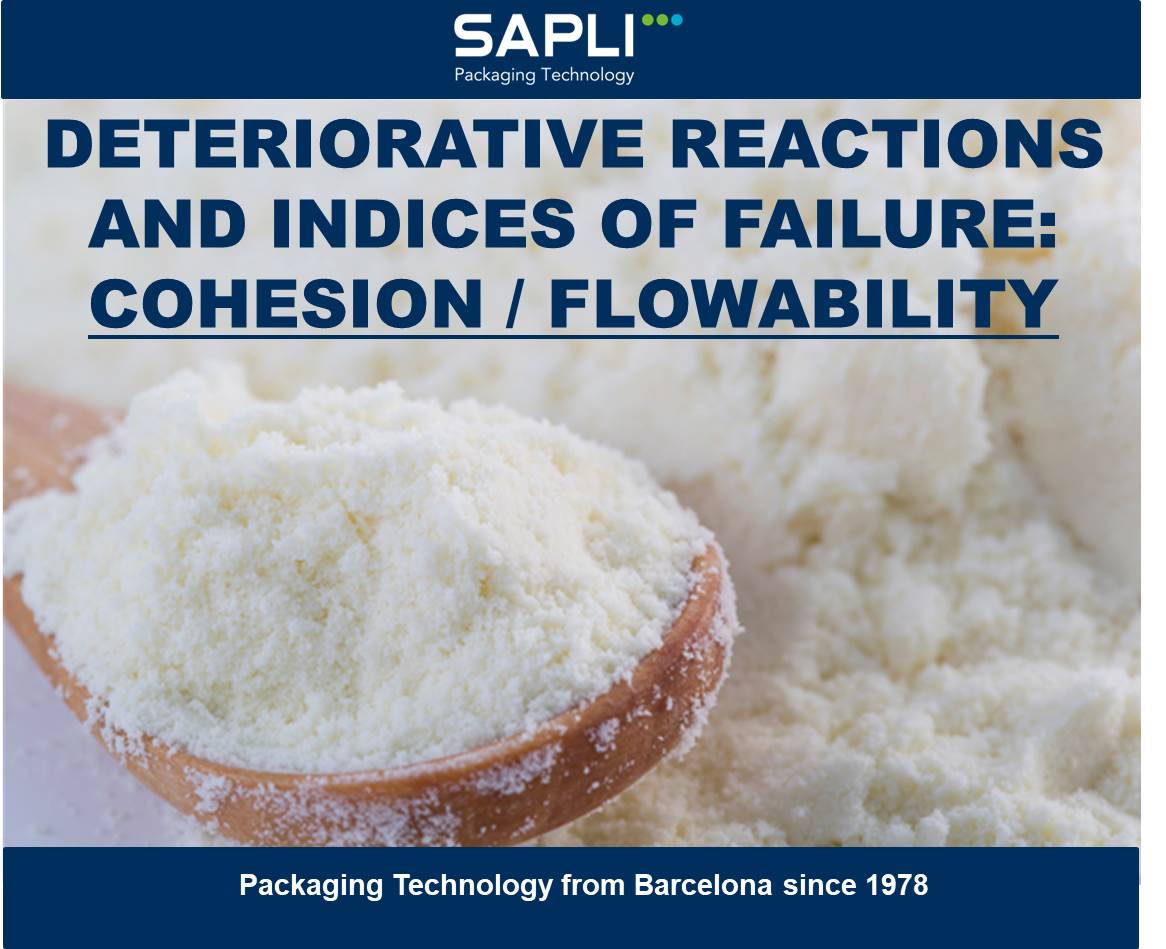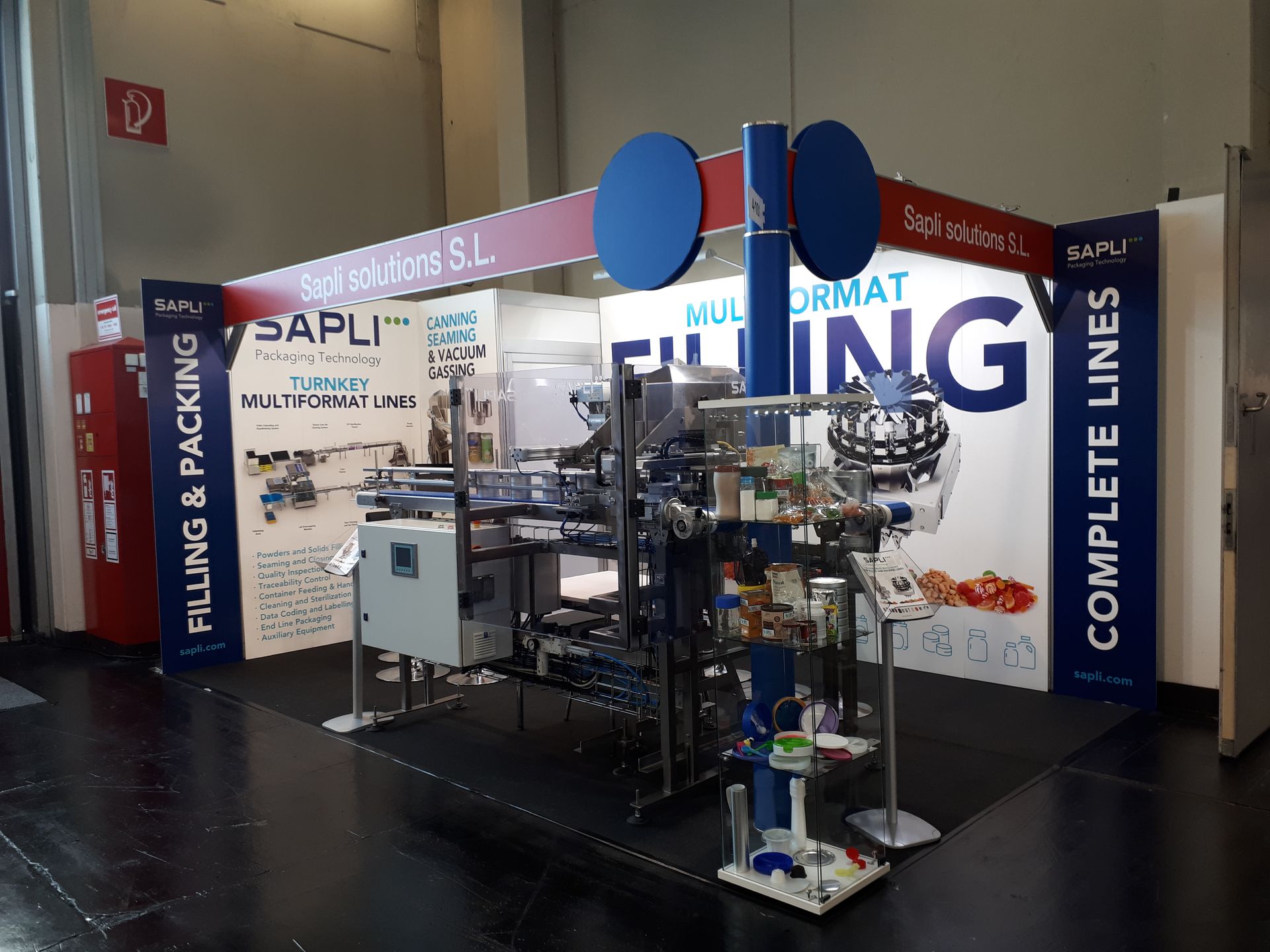FOOD QUALITY ATTRIBUTES OF LOW-FAT MILK POWDER OR SKIM MILK POWDER
FOOD QUALITY ATTRIBUTES OF LOW-FAT MILK POWDER OR SKIM MILK POWDER
Low-fat milk powder or Skim Milk Powder (SMP) is produced as a result of the removal of milk fat and water from milk. It contains a maximum of 1.5% fat and a maximum moisture content of 5%. The quality of this product is determined by the total heat treatment (i.e., temperature and time of all operations in processing). Most of the properties mentioned (solubility, water content, flavour, color and others) are strongly affected by the intensity of the applied heat treatment. The storage time and the temperature influence the entire quality of the powder. SMP has low bulk density; an increase in bulk density is accompanied by a corresponding improvement in other quality characteristics such as wetting, sinking, and dispersing abilities.
ATRIBUTOS DE CALIDAD ALIMENTARIA DE LA LECHE EN POLVO BAJA EN GRASA O LA LECHE DESNATADA EN POLVO
La leche en polvo baja en grasa o la leche en polvo desnatada se produce como resultado de la eliminación de la grasa y el agua de la leche. Contiene un máximo de 1,5% de grasa y un contenido máximo de humedad del 5%. La calidad de este producto está determinada por el tratamiento térmico total (es decir, la temperatura y el tiempo de todas las operaciones en el procesamiento). La mayoría de las propiedades mencionadas (solubilidad, contenido de agua, sabor, color y otras) se ven fuertemente afectadas por la intensidad del tratamiento térmico aplicado. El tiempo de almacenamiento y la temperatura influyen en toda la calidad del polvo. La leche en polvo desnatada tiene baja densidad aparente; un aumento en la densidad aparente va acompañado de una mejora correspondiente en otras características de calidad tales como capacidad de humectación, hundimiento y dispersión.
ПИЩЕВЫЕ СВОЙСТВА ОБЕЗЖИРЕННОГО СУХОГО МОЛОКА
Сухое обезжиренное молоко (СОМ) производится в результате удаления из молока молочных жиров и воды. Оно содержит максимум 1,5% жира и не более 5% влаги. Качество этого продукта определяется температурой термической обработки и временем, потраченным на данные операции. Большинство свойств, таких как растворимость, содержание влаги, аромат, цвет и др, сильно зависят от интенсивности применяемой термообработки. Время хранения и температура влияют на качество порошка в целом. СОМ имеет низкую насыпную плотность; увеличение объемной плотности сопровождается соответствующим улучшением других качественных характеристик, таких как смачиваемость, подружение и растворимость.






















